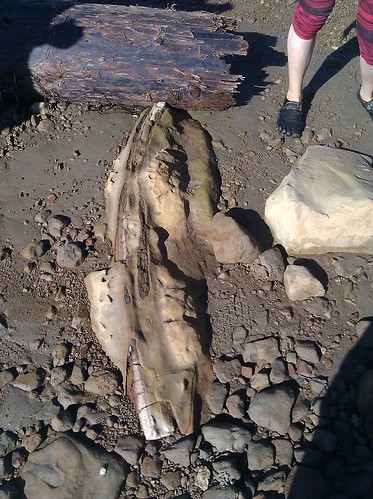Following the discovery of a new, natural whale fall in Antarctica (announced Wednesday), I entertained a brief obsession with marine snow and the communities that build up around whale falls. It is amazing how a whale carcass can support such a totally unique and vibrant community for 70 years or more. Of course it makes sense; since the sea floor is such a low-energy zone and there is a lot of food to be had on a whale.

Whale falls are incredibly difficult to find, because you must stumble upon the site of a whale carcass on the ocean floor entirely by chance. The deep sea floor is incredibly difficult to explore, and so the chances of finding a felled whale carcass get lower and lower the deeper it sinks. This is why most of what we know about whale fall communities come from “artificial” whale falls, or whale carcasses which scientists sink and then study the progression of the community which arises.
